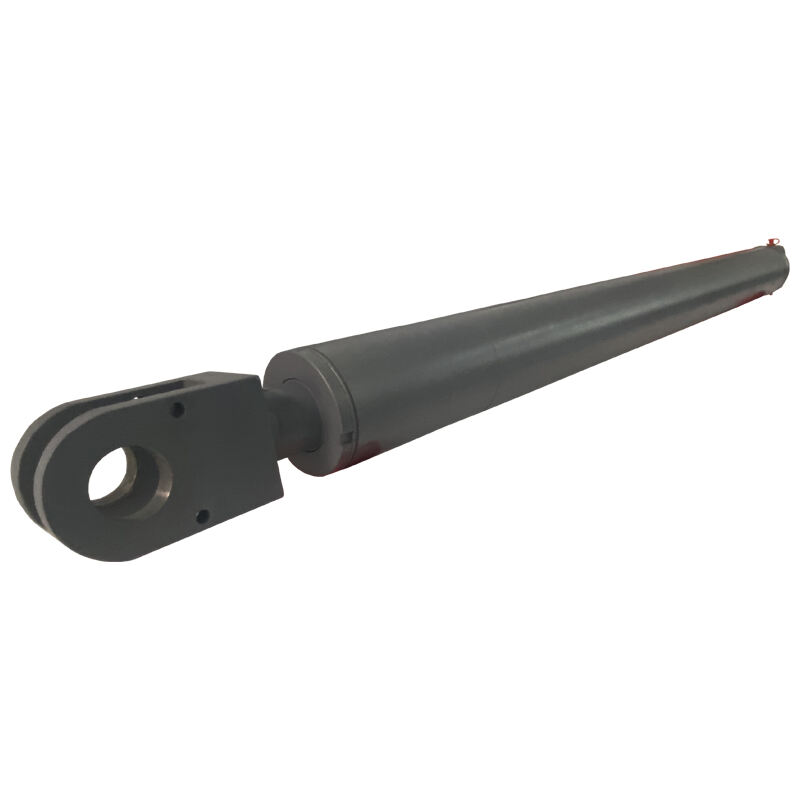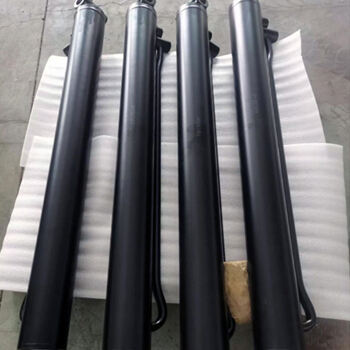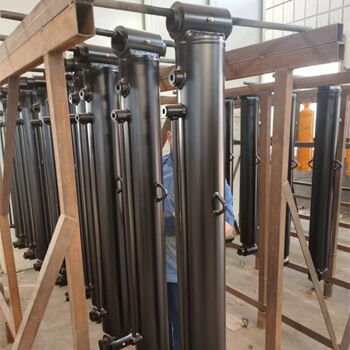Tipper hydraulics cylinders The tippers on a range of heavy machinery are some of the most crucial components. They aid people in lifting and lowering heavy objects to make it easier to work. The tipper hydraulic cylinder is one of the most typical ones. In this article, you will learn what tipper hydraulic cylinders are, the components that make up tipper hydraulic cylinders, their purpose, how you can maintain them properly, and how to select the suitable one for your machine.
Hydraulic tipper cylinders are designed to tip (or dump) loads from a truck or other heavy duty machine. They rely on the force of hydraulic fluid to build up pressure and push a piston. Lifting and Lowering Load The load is raised or lowered by this piston. To do this, valves let hydraulic fluid flow in and out.
There are key components of a tipper hydraulic cylinder. These components are the cylinder barrel, a piston, a piston rod and the hydraulic fluid, respectively. The cylinder barrel is the outside part of the cylinder in which the piston moves back and forth. The barrel houses a piston which moves up and down within. The piston rod is linked to the piston and extends out of the cylinder to be connected to the load or work. The seals keep the hydraulic fluid from slipping away and the hydraulic fluid makes the pressure to move the piston.

There are many advantages of using a tipper hydraulic cylinder. They can handle amazingly heavy loads with ease, so they are good for construction, mining, and other industries where great amounts of material must be moved. Tipper hydraulic cylinders are also durable and can be used in difficult position, which makes them the durable solution for tough jobs.

Your tipper hydraulic cylinder needs to be taken care of so that you can make sure it performs optimally. That means it’s important to look for leaks in the seals, replace any worn parts and ensure the hydraulic fluid is at the proper level. The cylinder must be cleaned regularly as well in order to prevent dirt and other such debris from causing harm. When you look after your tipper hydraulic cylinder it will give you many years of service and prevent expensive repairs.

When choosing a tipper hydraulic cylinder for your machine, consider a couple of things. Think about how heavy of loads you’ll be lifting, what size cylinder you’ll need, and the amount of pressure it can handle. You’ll also want to consider the quality of the materials and the reputation of the maker. With the correct tipper hydraulic cylinder, you can ensure that it operates well and safely for an extended period of time.